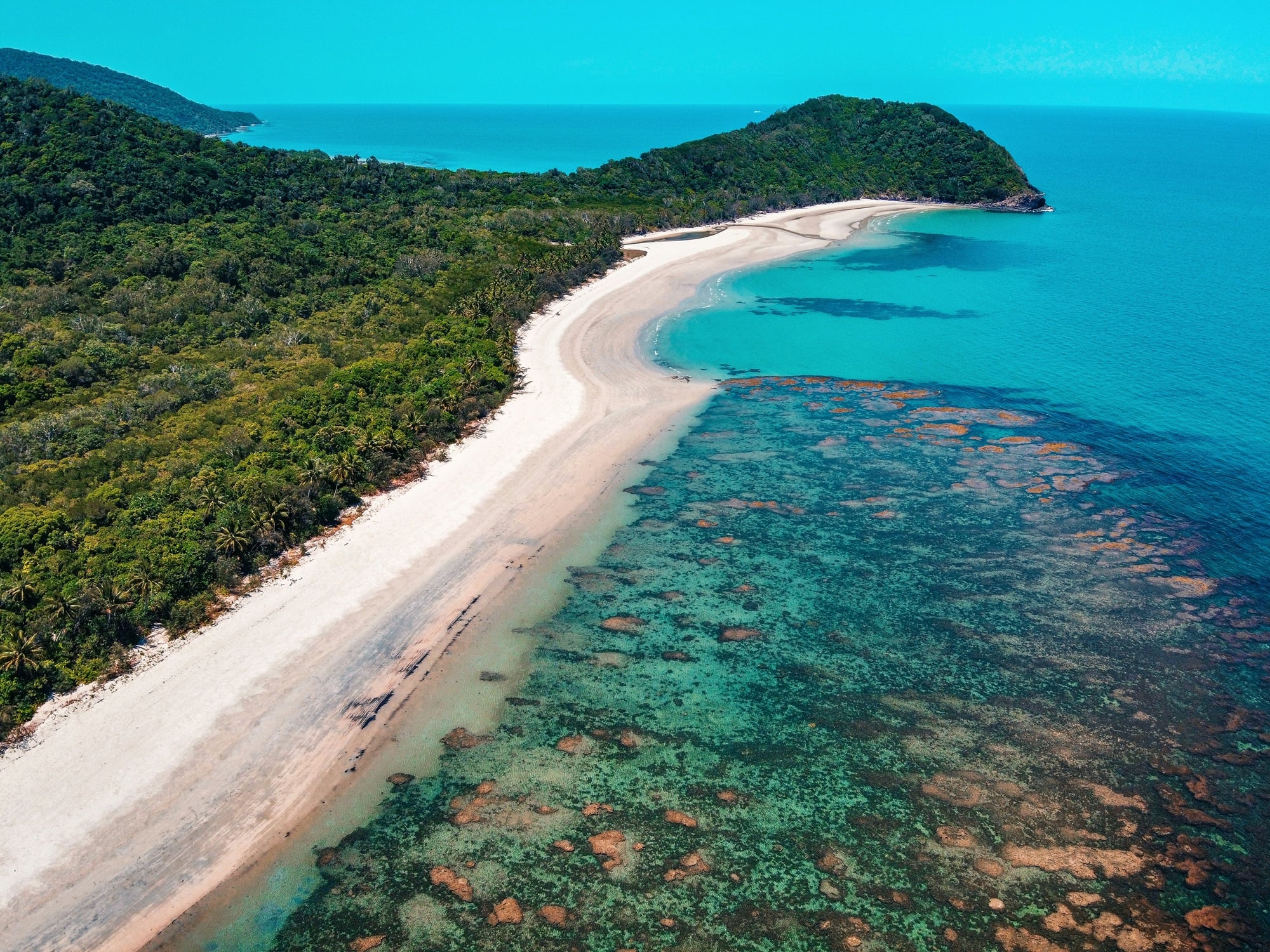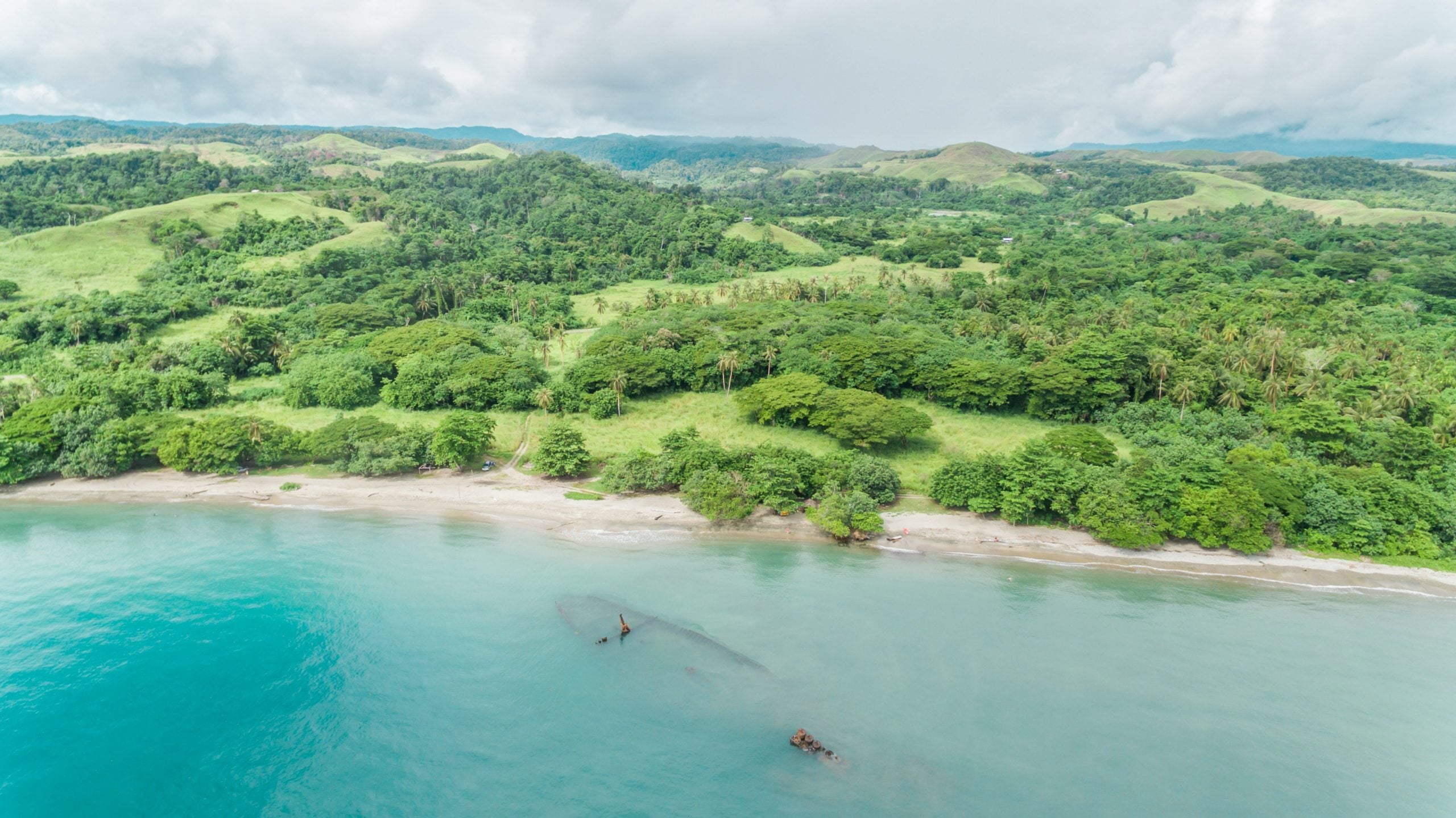Table of Content
Diving enthusiasts seeking a truly unforgettable underwater adventure will find a treasure trove of options in Oceania. From the vibrant coral gardens of Australia’s Great Barrier Reef to the wrecks and sharks of Palau, each destination offers a unique glimpse into the underwater world. In the Solomon Islands, divers can explore pristine reefs and historic WWII remnants submerged in crystal-clear waters. Meanwhile, the lagoons of French Polynesia offer encounters with manta rays and other majestic marine life amidst stunning, richly diverse aquatic landscapes. Join us as we dive into the best spots across Oceania, where the depths reveal more than just natural beauty—they tell stories of history, ecology, and the thrill of exploration.
Australia

What to see
Australia is a mecca for divers, offering some of the most spectacular underwater experiences in the world. A liveaboard diving cruise in Australia provides unparalleled access to the iconic Great Barrier Reef, the largest coral reef system globally, teeming with a dazzling array of marine life. Divers can expect to see vibrant coral gardens, giant clams, and a variety of shark species. The Coral Sea, often included in these itineraries, offers crystal-clear waters and the chance to dive with pelagic fish and witness coral spawning events. Additionally, the remote northern reefs and wrecks provide opportunities to spot dwarf minke whales, potato cod, and the elusive nautilus.
When to Go
The best time for a liveaboard diving cruise in Australia varies by region. For the Great Barrier Reef, the optimal diving conditions are from June to November when the water is calm and visibility is at its best. This period avoids the summer wet season, which can bring cyclones and lower visibility due to runoff. In Western Australia, such as Ningaloo Reef, the best time is between March and July, coinciding with the migration of whale sharks. Southern locations like Tasmania are best visited in the summer months, from December to February, when the water is warmest.
Liveaboards
In Australia, liveaboard diving cruises vary in length to cater to different preferences, ranging from short 1-day trips such as those offered by Coral Sea Dreaming to longer excursions. For those looking to delve deeper into the aquatic wonders, combining 3 and 4-night trips is a fantastic option.
The design of the Spoilsport liveaboard enhances the diving experience with an “open deck” session, allowing flexible dive planning. Additionally, it is equipped with excellent amenities for photographers, including a camera station, separate rinsing tanks for delicate equipment, charging points, and a flat-screen for viewing captured images.
ScubaPro operates three liveaboards that are perfect for those looking to combine learning to dive with the thrill of liveaboard trips. Specializing in dive courses from beginner to advanced levels, these three-day liveaboard trips offer a highly personalized experience, ensuring that each diver receives the best possible introduction to the underwater world.
Palau

What to see
Palau is renowned for its exceptional underwater environments, making it a top choice for liveaboard diving cruises. This pristine archipelago offers some of the most biodiverse and stunningly beautiful dive sites in the world. Divers can explore a vast array of underwater attractions including the famous Blue Corner, known for its strong currents and large pelagic fish such as sharks, tunas, and jacks. The German Channel is another must-visit site, popular for manta ray sightings during their cleaning and feeding sessions. Jellyfish Lake, although a snorkeling site, is a unique encounter with millions of harmless jellyfish. Palau’s numerous wrecks from World War II also offer intriguing dives for history enthusiasts, teeming with marine life.
When to Go
The ideal time for a liveaboard diving cruise in Palau is during the dry season from October to May. During these months, divers enjoy the best sea conditions, minimal rainfall, and the highest water clarity. This period also aligns with the main season for manta ray sightings, particularly around the new and full moons when the tidal changes bring plankton-rich waters into the channels. Visibility can extend up to 40 meters (130 feet), allowing divers to fully appreciate the vibrant coral walls and abundant marine life.
Liveaboards
When it comes to diving cruises in Palau, you have a variety of liveaboards to choose from, each offering unique features and experiences.
Solitude Gaia Liveaboard marries innovation with tradition, providing a stable and secure cruise through Palau’s magnificent waters. The liveaboard caters to both divers and non-divers, with activities ranging from snorkeling among vibrant coral reefs to kayaking through serene waters. Designed to showcase the natural beauty and marine biodiversity of Palau, it offers 7 to 11-night itineraries, allowing guests to explore iconic dive sites, including wrecks and coral reefs, and discover the untouched beauty of remote islands along with rich cultural experiences.
Black Pearl sets the standard in luxury liveaboards, with accommodations that can be rated as five stars. Each cabin includes a satellite TV, a personal safe box, and a high-tech vacuum toilet bowl. Committed to environmental stewardship, the boat uses ocean-friendly shampoos, shower gels, biodegradable trash bags, and laundry detergent. For those seeking relaxation, there’s a well-equipped sun deck with cushioned loungers, a shaded area, and a jacuzzi.
Ocean Hunter III is tailored for professional underwater photography, TV, and film production. It features a sizable working area, electrical outlets ranging from 110 to 415 volts, and extra storage space, making it ideal for handling specialized equipment.
Aggressor Fleet operates two liveaboards in the area, each boasting amenities such as a spacious sun deck with a hot tub, wet bar, and grill. Their itineraries are filled with diverse diving opportunities at blue holes, coral walls, and drop-offs, where divers can encounter reef sharks, schools of pyramid butterflyfish, and various tropical fish.
Palau Siren stands out as one of the rare sailboats in this region. Constructed from top-class ironwood, this modern motor-sailing yacht is an excellent choice for marine photographers, combining traditional sailing charm with modern amenities and equipment.
Solomon Islands

What to see
The Solomon Islands offer a secluded escape for liveaboard diving enthusiasts keen on exploring less frequented but spectacularly rich underwater realms. The islands are known for their remarkable biodiversity and an impressive collection of WWII wrecks submerged in Iron Bottom Sound, making it a haven for wreck divers. The vibrant coral reefs teem with life, hosting everything from pygmy seahorses to large pelagic species. Divers can explore the Kavachi Volcano, an underwater active volcano where sightings of sharks in the crater have fascinated many. With over 900 islands, the dive sites are incredibly varied and pristine, offering everything from muck diving for macro photographers to pelagic action for thrill-seekers.
When to Go
The best time for a liveaboard diving cruise in the Solomon Islands is during the dry season, which runs from April to November. During these months, divers enjoy calmer seas and the best visibility, particularly from June to September. The weather during this period is cooler and more comfortable, enhancing the overall diving and liveaboard experience.
Liveaboards
The Bilikiki liveaboard is renowned for its spaciousness and comfort, making it a top choice for divers seeking an unforgettable Solomon Islands diving adventure. With 10 deluxe cabins, a large sundeck, a comfortable lounge, and a dedicated camera area, the Bilikiki caters to both relaxation and underwater photography enthusiasts. The vessel’s substantial size and hull, specifically designed for the South Pacific seas, ensure a smooth and stable journey. It’s no wonder that divers from around the globe praise the Bilikiki as one of the most spacious and comfortable liveaboards they have experienced.
Meanwhile, the Solomons Master offers a robust liveaboard diving experience with its steel hull and accommodations for up to 16 guests in a mix of classic, premium, and superior cabins. This vessel, formerly known as the Truk Master, is fully equipped to support recreational, technical, and rebreather divers. Onboard, guests will find a spacious indoor dining room and a well-appointed camera station, complete with numerous charging points and ample storage space, enhancing the convenience for underwater photographers.
Both liveaboards provide divers with the opportunity to explore the diverse underwater ecosystems of the Solomon Islands, known for their vibrant coral reefs, prolific marine life, and historic WWII wrecks. Whether you are a photography aficionado or an avid diver, choosing a liveaboard like the Bilikiki or Solomons Master ensures a comprehensive and immersive diving experience in one of the world’s most exquisite diving destinations.
French Polynesia

What to see
French Polynesia, a sprawling collection of volcanic islands and atolls, is another premier destination for liveaboard diving. The region is famed for its clear blue waters, dramatic underwater drop-offs, and vibrant marine life. Rangiroa, Fakarava, and the other atolls of the Tuamotu Archipelago offer some of the best shark diving in the world, where divers can encounter grey reef sharks, hammerheads, and occasionally tiger sharks. The coral gardens are lush and home to a colorful array of fish, turtles, and dolphins. Divers might also enjoy the unique spectacle of the marbled groupers spawning in the passes of Fakarava, a UNESCO Biosphere Reserve.
When to Go
The ideal time to visit French Polynesia for liveaboard diving is from May to October, during the dry season. This period features less rainfall and the calmest sea conditions, which is crucial for accessing the more remote atolls and pass dives that characterize the region. Water temperatures are also comfortable, ranging from 26°C to 29°C (79°F to 84°F), making long dives more enjoyable.
Liveaboards
Aquatiki exquisite 18-meter catamaran is specially equipped for diving adventures across the two main archipelagos, Tuamotu and Marquesas, providing a unique and opulent way to discover the region’s underwater wonders.
Aquatiki is distinctively the only catamaran offering diving-centric itineraries originating directly from Fakarava. This unique approach, while complicating logistics, allows unparalleled access to the most idyllic landscapes and premier diving spots in French Polynesia. Embarking and disembarking directly from Fakarava enhances the experience, immersing guests in the heart of the region’s aquatic splendor.
Beyond diving, Aquatiki caters to all types of adventurers. If you’re traveling with a non-diving companion, there’s no shortage of activities to keep them entertained. They can enjoy swimming, visiting local Paumotus villages and pearl farms, water skiing, monoski, spearfishing, snorkeling, learning the basics of sailing, and sea kayaking. This variety ensures that every guest, whether diving or not, experiences the full beauty and culture of French Polynesia from the comfort of a luxurious catamaran.
Oceania presents a dazzling array of diving experiences that cater to every diver’s dream, making it a top destination for underwater exploration. With its pristine waters, abundant marine life, and a variety of diving environments, this region offers something unique for everyone